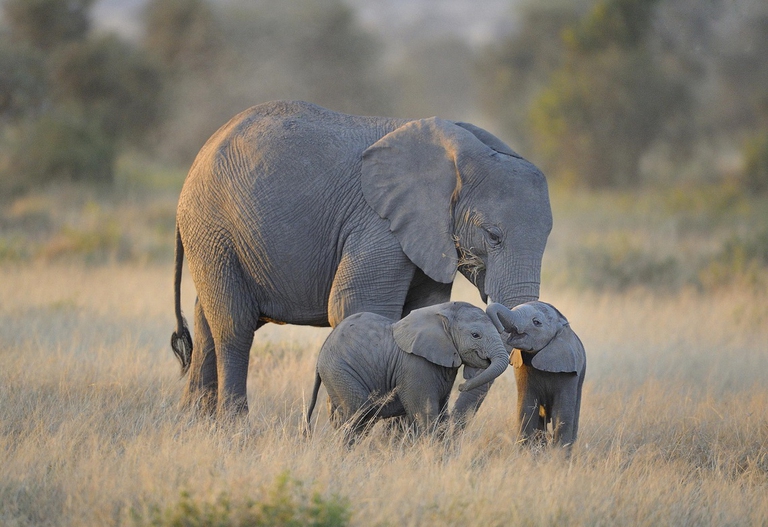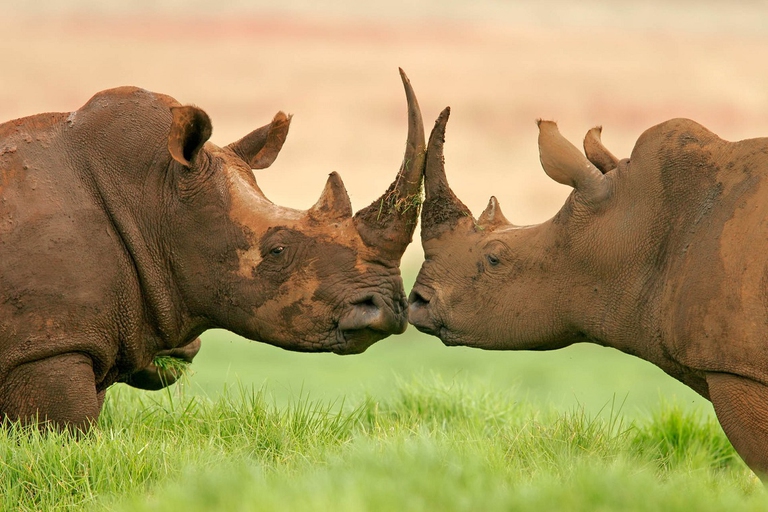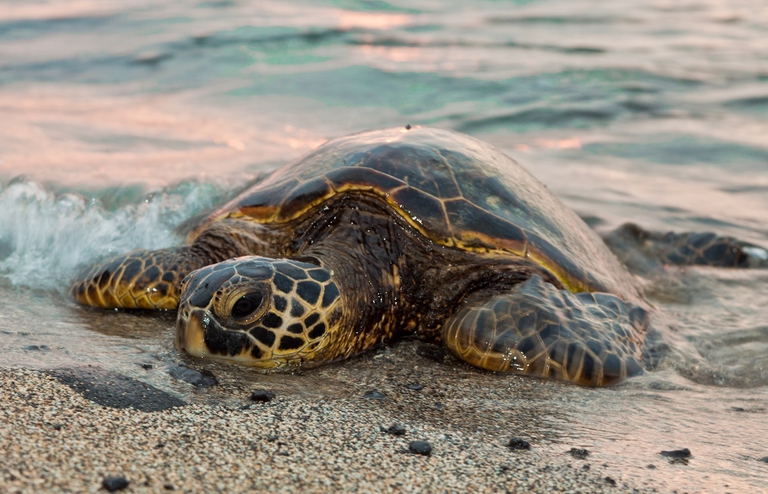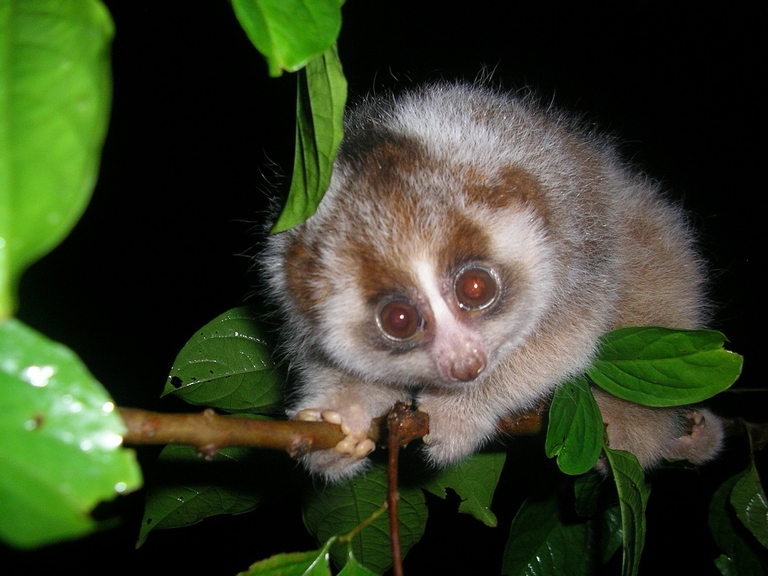
Our species took its first steps in a world covered in trees. Today, forests offer us sustenance, shelter, and clean the air that we breathe.
Forcibly taken from their homes and families, forced to endure brutal journeys, or cut into pieces. This is what millions of wild animals face every year due to the illegal wildlife trade. Wildlife trafficking is one of the main causes of biodiversity loss in the world and is the fourth most profitable racketeering market after drug,
Forcibly taken from their homes and families, forced to endure brutal journeys, or cut into pieces. This is what millions of wild animals face every year due to the illegal wildlife trade. Wildlife trafficking is one of the main causes of biodiversity loss in the world and is the fourth most profitable racketeering market after drug, counterfeiting and human trafficking. Animals are killed for their parts in order to make medicines, artefacts or clothes. They can also be reduced to slavery to become “pets”.
Pangolins are the mammals most commonly sold on the international market. According to a report by the Chinese wildlife protection agency, written in collaboration with a team of UK researchers, more than 10,000 pangolins are smuggled into China from Southeast Asia every year. The illegal trade in pangolins is just the latest example of China’s increasing demand for illegal wildlife. These animal’s scales are used in Chinese traditional medicine and its meat is eaten in restaurants.
The victims of poaching par excellence, these huge herbivores are killed for their precious tusks. Between 2010 and 2012, more than 100,000 elephants were killed. Over the past few years, more effective measures have hurt poaching. However, elephants’ birth rates are also decreasing, while the number of hunted individuals remains higher than births — threatening the very survival of African elephants.
Rhinos are hunted for their horns, which are sold at exorbitant prices on the black market (90,000 dollars per kilo). These ancient creatures, descending from megafauna that roamed the planet thousands of years ago, are threatened due to ignorance. Horns, used Chinese traditional medicine, are made of keratin and have no healing properties. In 1970 Africa was home to over 70,000 rhinos, but today only 20,000 white rhinos and 5,000 black rhinos survive in the wild.
Sea turtles have been hunted for hundreds of years for their shells, used to create jewels and objects, as well as for their meat, used for food and therapeutic purposes. Currently, all seven existing species of sea turtle are threatened with extinction. Among the main threats is the illegal trade in their eggs.
Humans are pitiless, they’re not able to feel empathy even with those creature most similar to them. Numerous species of primates are threatened by the illegal wildlife trade. Among them is the slow loris, small nocturnal primate native to Southeast Asia. Despite the fact that it is protected by CITES, which governs the international trade in protected species, demand in slow loris is relentlessly increasing. Gorillas, chimpanzees, bonobos and orangutans are also considered precious on the black market.
Siamo anche su WhatsApp. Segui il canale ufficiale LifeGate per restare aggiornata, aggiornato sulle ultime notizie e sulle nostre attività.
![]()
Quest'opera è distribuita con Licenza Creative Commons Attribuzione - Non commerciale - Non opere derivate 4.0 Internazionale.
Our species took its first steps in a world covered in trees. Today, forests offer us sustenance, shelter, and clean the air that we breathe.
Poachers in Africa are encroaching on wildlife land and killing rhinos in travel hot spots now devoid of visitors due to the coronavirus pandemic.
Actor and environmental activist Leonardo DiCaprio has contributed two million dollars to a fund to protect Virunga National Park in Congo from threats such as terrorism, the coronavirus and poaching.
For the first time in seventeen years, Iceland’s two main whaling companies won’t resume whale hunting. The announcement concerns this year’s season but could carry into the future.
The relationship between the coronavirus and wildlife is complex: while the pandemic may lead to a reduction in the illegal trade in wild animals, it may also encourage it in other respects.
The largest coral reef in the world is severely threatened by climate change, but researchers are developing strategies that could contribute to saving the Great Barrier Reef.
NGO Free the Bears has opened a mountain sanctuary for moon bears in Laos. With the government’s help, it aims to close all bile farms by 2022.
Seychelles have extended its marine protected area, which now covers over 400,000 square kilometres, an area larger than Germany.
The tapir was reintroduced into Brazil’s Atlantic Forest, the country’s most at-risk ecosystem. The species can play a key role in the forest’s recovery.












